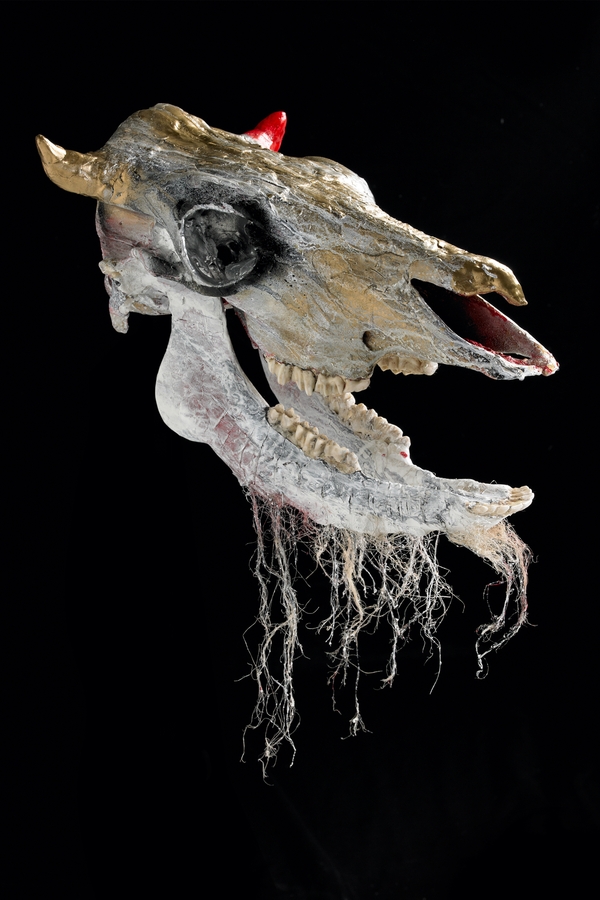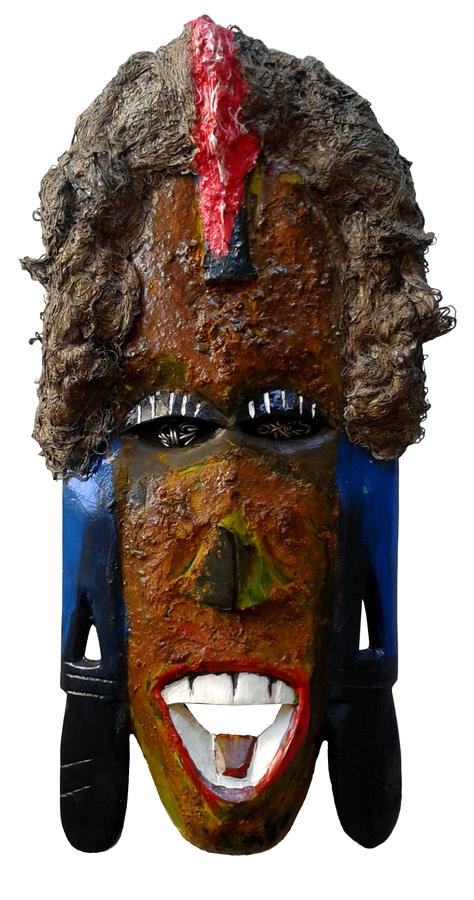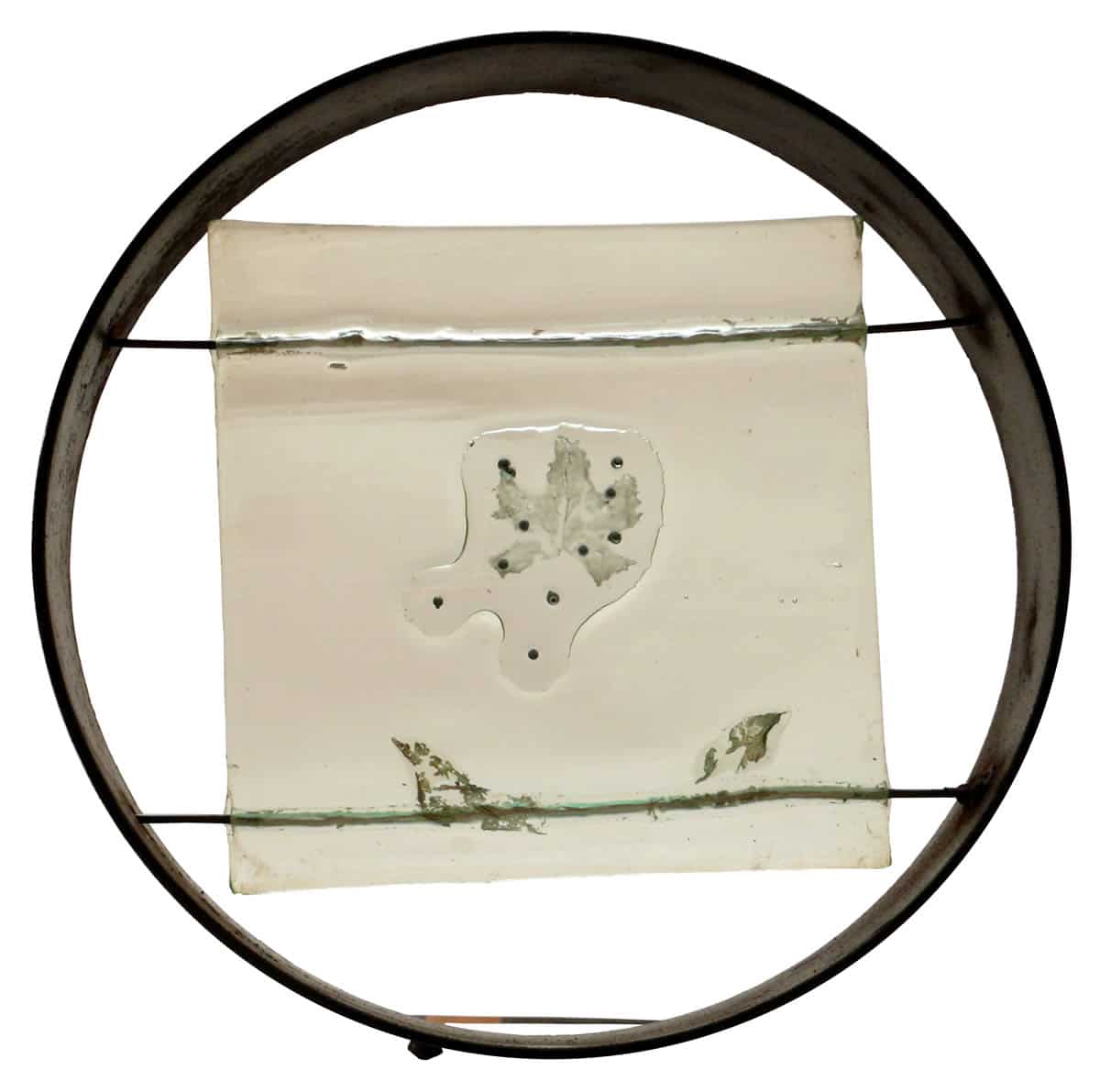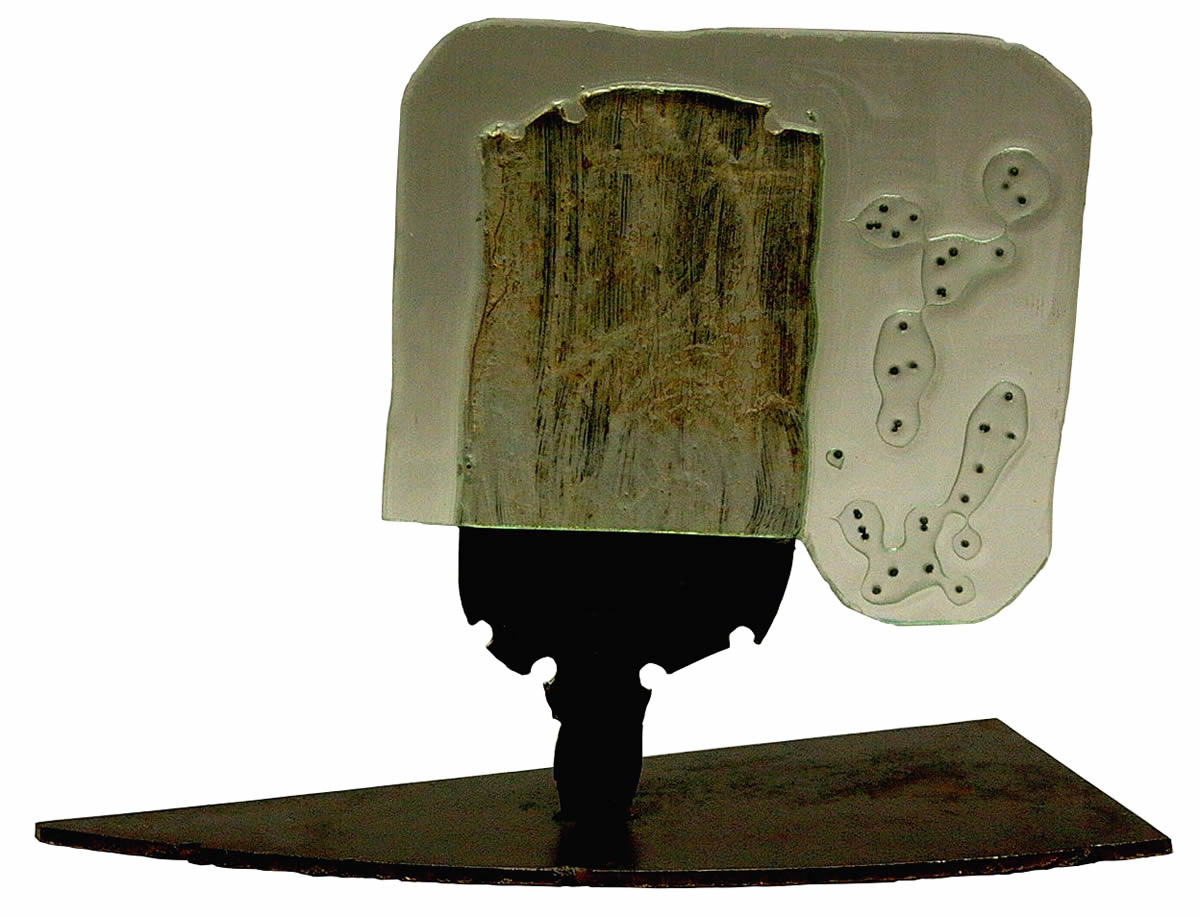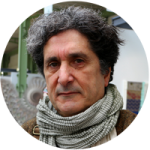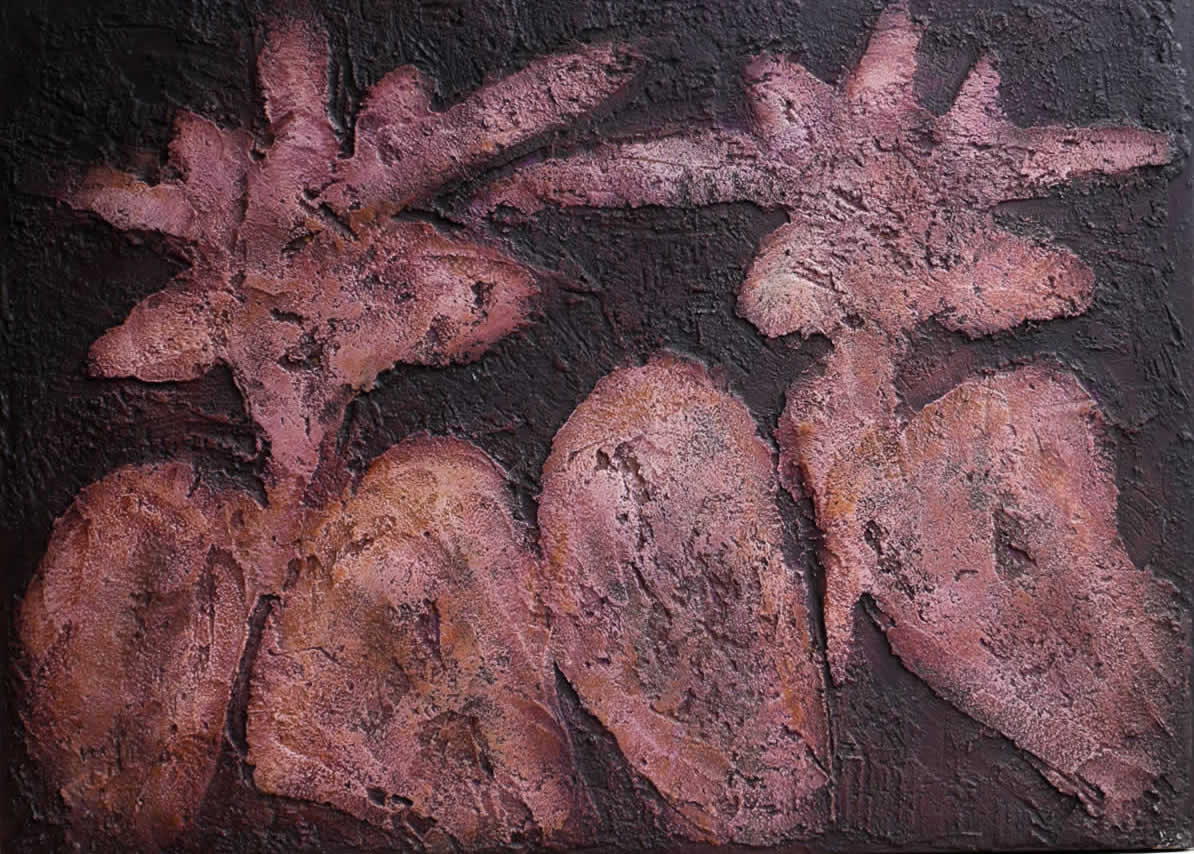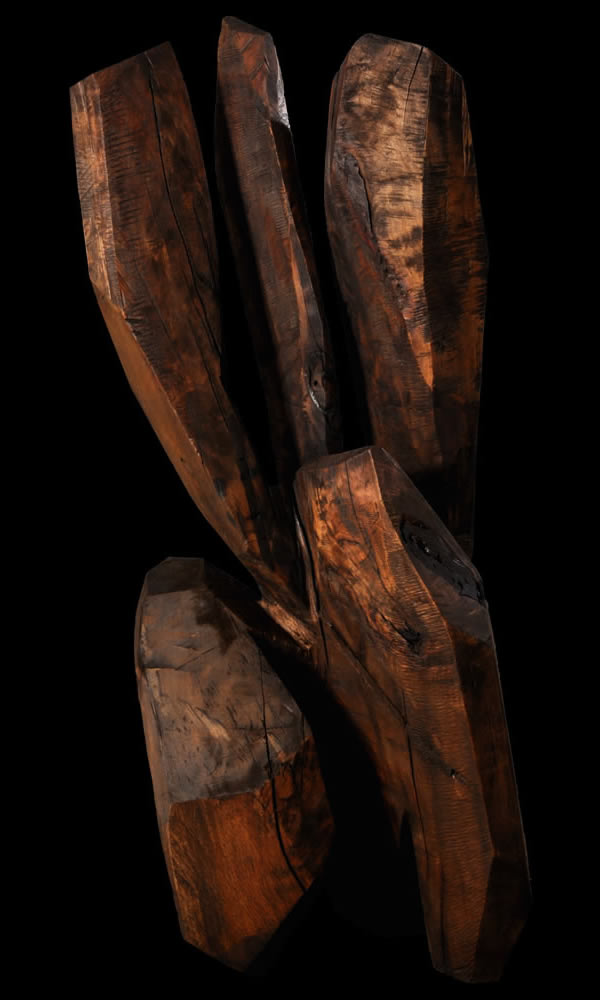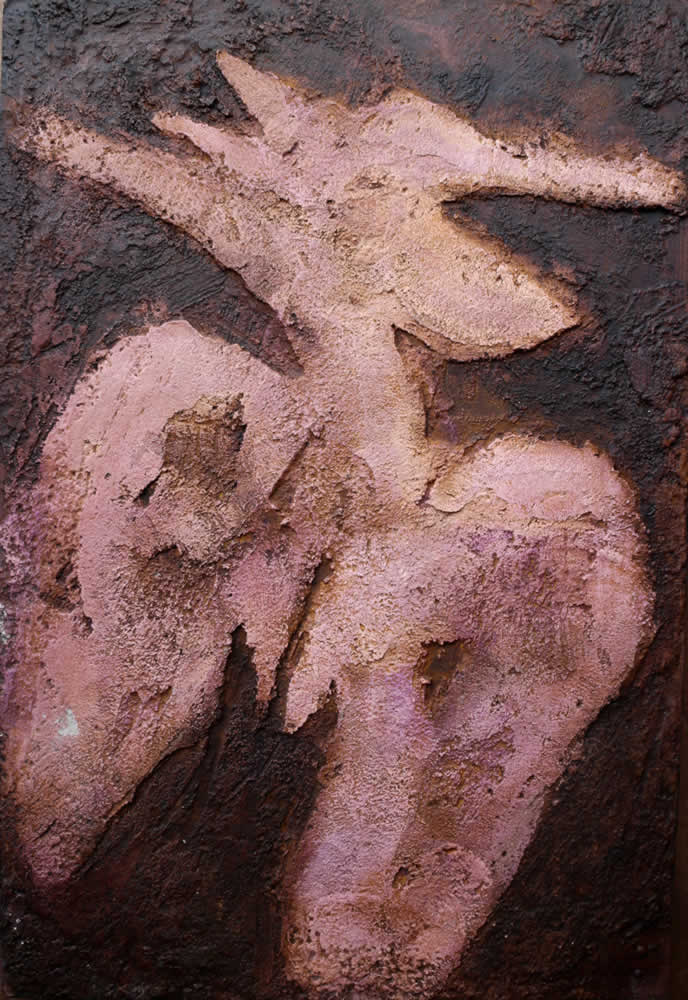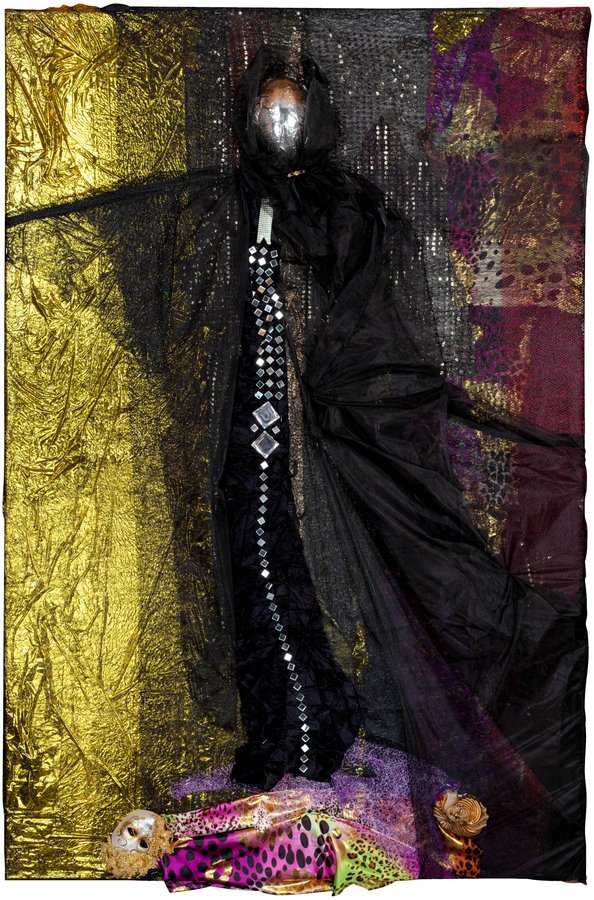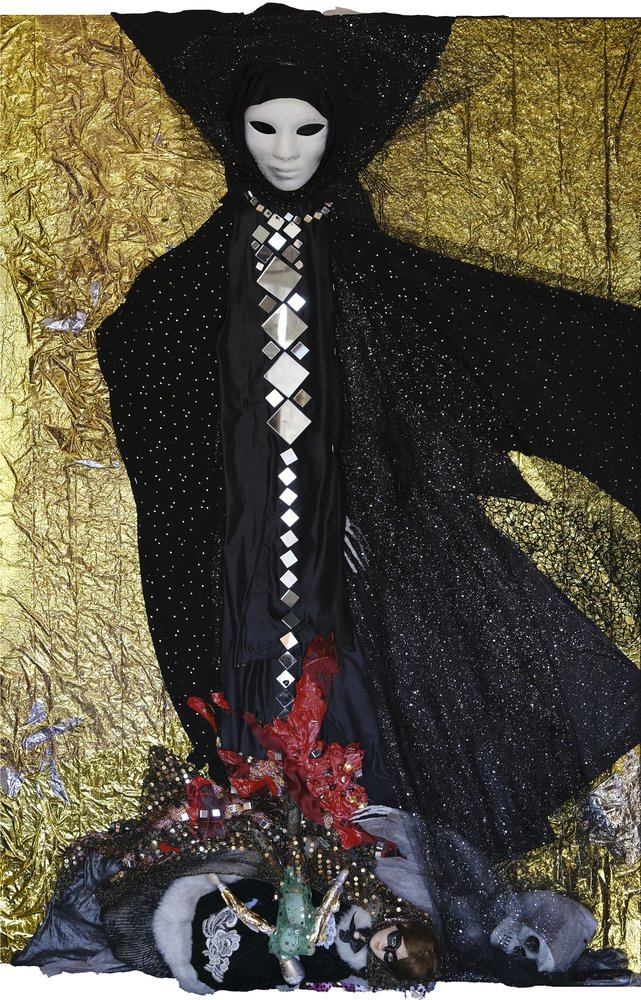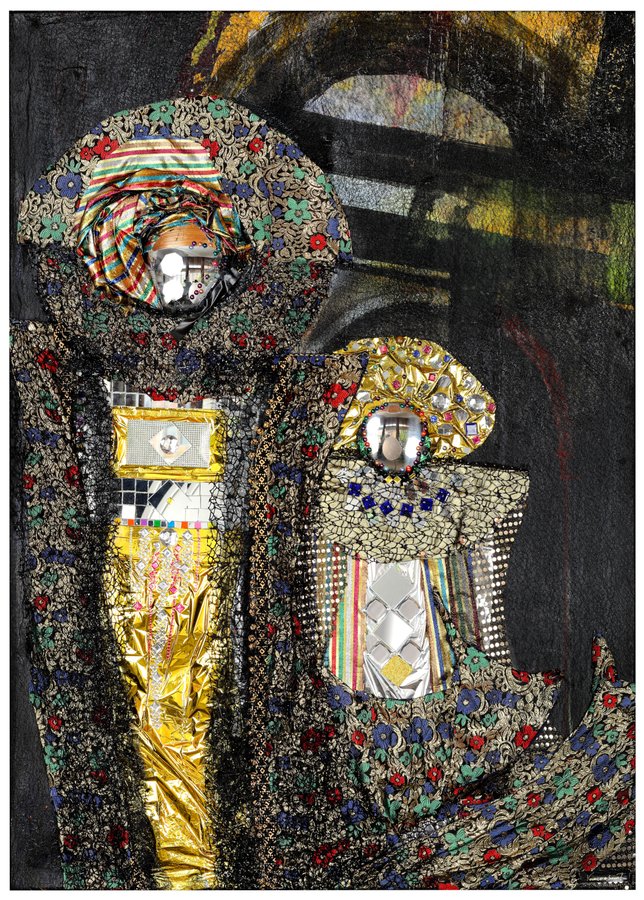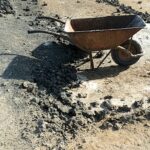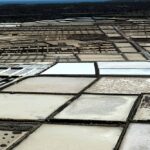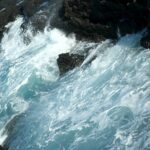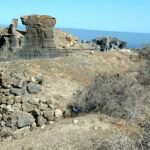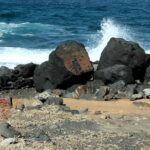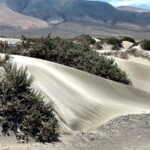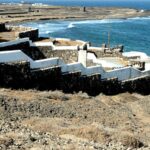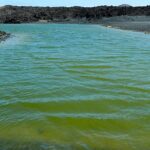Technology-driven works of art and on-line sales have undoubtedly been a useful support for emerging artists.
Still, Helen Arts-Gallery deems it necessary today to have an evolution of style and content in order to offer the public a better understanding of its proposals and a broad support of the artists it shows.
The range of styles, compositions, materials used, objects that are born from impulses, indefinable stories but which exalt the liberty of the artistic gesture, can capture the eye and satisfy the expectations of the visitor/discoverer of new figurations.
The new site introduces an unedited concept of thematic “exhibition” to the attention of galleries and institutions so that the creations of the artists can go beyond a two-dimensional space and be realized.
The advantages for the gallery owners who are interested in a “different” contemporary art form of these projects are tangible: to host the selected works in their headquarters with a minimum financial commitment, without the obligation of a preventative purchase and the recognition of the economical benefit in case of a sale.
ONE MAN'S TRASH IS ANOTHER MAN'S TREASURE
A lot has been written about the “ready made”, and there have been a lot of questions about its definition as art, about the role of the artist who didn’t make the object but who has appropriated it by signing it.
Paolo Stefani has turned the concept on its head by making a “re-made”, that is the transformation of an industrial product, a piece of junk, into an original, unique work. Integrating painting and extraneous materials, his compositions become sculptures or insert themselves into the frame or the canvas. Closets and doors, objects of daily life, poor materials speak of the banalization of the consumer society but also of the hidden beauty that everything contains.
The artist began in 2011 the journey of reformulation of “ruins” by presenting in Berlin some of his work, here reproposed, accompanied by text or formulae.
“Ruins comes from the conviction that man is the subject/creator of evolution, wellbeing and wealth." stigmatization of the lack of humility in respect to the perfection and greatness of nature.
“Ruins refers to nuclear waste, arms, excessive consumer goods that end up in the dump and private merchandise with economic value derived from the system and therefore eliminated”.
Ruins/objects of art by Paolo Stefani become the occasion for the project of an unusual solo show, if not in the concept, certainly in the extravagant, genial re-elaboration of the artist.
FUSED BY FIRE
Manuel Lagoa uses materials that come from fire for his sculptures/architectures: metal and glass. Perhaps he read the description of the glass furnaces from Ninive’s tablets, or the description of the poet Mesomede “It is a marvel for men to see the river of melted glass flow from the fire.”
For sure Manuel renews the miracle of the fusion of minerals and metal in his atelier and invents a marvelous juxtaposition of lightness and weight.
The selection of the works proposed here introduces the artistic-philosophical theme that is the most dear to him, characterized by metaphysical suggestions: to bring together elements that are apparently far apart, with the understanding that doing this shows the inconsistence of apparent realities.
FRAGMENTS AND SHAPES
The grammar of Toribio Sosa’s sculptures is written with an essential graphic sign that he imprints on discarded objects, slabs or “telones” collected from his architect/builder workshop, with acrylic colors, glue, and isolating materials.
The unusual material studies shown here, are almost low relieves that reveal the shapes that Sosa extracts from the trunk of a sick chestnut tree that has been left outdoors to weather.
They are lines of interior writings that tell a never-ending story of the artist’s enduring relationship with his native land.
DEATH IN VENICE
Death is not our way out*
Paraphrasing François Cheng, we can affirm that Pierre Vauconsant's project wants to establish that death is not the outcome of Venice. His Venice is simply drowsy.
Artist wrote in a letter:
«Why this primate for Venice?
Palladio, Sansovino, Canaletto, Guardi, Tiziano, Veronese, Tintoretto? Yes, without doubt, but not only.
What attracts me, what fascinates me in Venice is not the enchanting city of the Doges. It is rather its disenchantment
Venice did not slumber in the silence of arms after the battle, after the bitterly-tasting defeat, but in a calm finally found, in a Mediterranean sweetness, a torpor that was no longer disturbed by the Turkish, the closure of a few trading posts or a trade route, the arrogance of the princes or even the sun which, since 1492, was rising in the West. After history and geography had turned its back on it, the proud lagoon republic became serene once again".
It is the languor, the melancholy of Venice that the artist tries to express in his works, which he calls "texmix", where mirrors, glass and pearls play with light, captured and reflected without discontinuity.
«This sad joy lurks deep in the eyes without looking at the masks. Lost glances in the ultra-baroque madness of the costumes and the floury faces and also this quest for light, this need - to be in a light - that never stops casting its last fires. A light that keeps pain at bay without remedy. A light that keeps death at a distance.»
François Cheng, La vraie gloire est ici, éd. Gallimard, 2015.
Pierre Vauconsant
SOBRE LA GRAVA NEGRA
(ON THE BLACK GRAVEL)
Despite their size and their small number, the images are permeated by the strength, the backbone of the island of Lanzarote which José Saramago affirmed "is like the beginning and the end of the world".
Eluxes tells of its island, not Augustin Espinosa's Isla inventada,* the island where the only voice, the only music, possible are those of the wind and the sea.
The countless shots taken, developed in appropriate forms and sizes, assembled in a thematic exhibition, can testify to the many aspects of the territory, which, if it has lost the traces of its indigenous people, has nevertheless jealously protected its mysteries.
*Lancelot, 28°-7°, de Agustín Espinosa 1928
The purpose of Eluxes is to enrich the exhibition with poems from the anthology of Poetas de Islas Canarias, edited by Juan Carlos de Sancho:
Los pasos que se oían en la grava
avanzaban a ras del mediodía
hacia los setos invisibles iba
la sombra entre las manchas de los pétalos
rojos sobre la grava negra rojo
oscuro de los pétalos echados
sobre la grava negra y aquel árbol
y aquella luz querían decir algo
Andrés Sanches Robayna, La roca 1984



